The Ethics of AI Trained on Human Artwork: Who Really Owns Creative DNA?
🤖 When Machines Learn from Masters
AI-generated art is booming, with tools like Midjourney, DALL·E, and Stable Diffusion producing astonishing imagery at lightning speed. Behind every algorithmic masterpiece lies a vast dataset—often scraped from the internet, including millions of artworks created by human artists. This raises a fundamental ethical question: is it right for AI models to learn from art without the creator’s explicit permission?
The debate centers on a blend of consent, compensation, and creative credit. Many AI systems train on publicly available data scraped from platforms like DeviantArt, ArtStation, and even Instagram. While technically legal in many jurisdictions, this practice treads murky ethical ground. After all, artists didn’t sign up to teach machines how to mimic their style, yet their influence is evident in many AI-generated works (The Verge).
🧑🎨 Consent vs. Fair Use
Supporters of current AI training methods often cite “fair use”—a doctrine that permits the limited use of copyrighted material without permission for purposes such as commentary, education, or transformation. But is teaching an AI to replicate an artist’s unique style a “transformative” act, or an exploitative one?
Critics argue that the absence of consent turns these training datasets into a form of creative appropriation. Artists spend years developing signature styles, only to find AI tools replicating them within seconds—often without attribution or acknowledgment. It’s not just about lost credit; it’s about losing control over one’s creative legacy (Vox).
💸 The Question of Compensation
With major companies profiting from AI tools built on scraped data, the question of compensation looms large. Should artists receive royalties when their work is used to train commercial AI models? A growing number of creators believe so. Initiatives like Spawning’s “Have I Been Trained?” give artists tools to see if their work is in training datasets and request removal—offering a glimpse of what more transparent systems could look like (TechCrunch).
Some emerging models, like Adobe Firefly, are training exclusively on licensed content or Adobe Stock. This opt-in approach could set a new industry standard, balancing innovation with artist rights (Adobe Blog).
🌐 Shaping an Ethical Future
Ultimately, the ethical debate over AI training datasets is about power and respect. AI offers astonishing potential for creativity, but its growth shouldn’t come at the expense of the very artists who built the visual vocabulary these systems now draw from.
The future may lie in collaborative frameworks where artists can choose to contribute their work, receive compensation, and maintain credit. As the technology evolves, so too must our moral frameworks—ensuring that the next era of creativity is as equitable as it is innovative.
📚 Resources
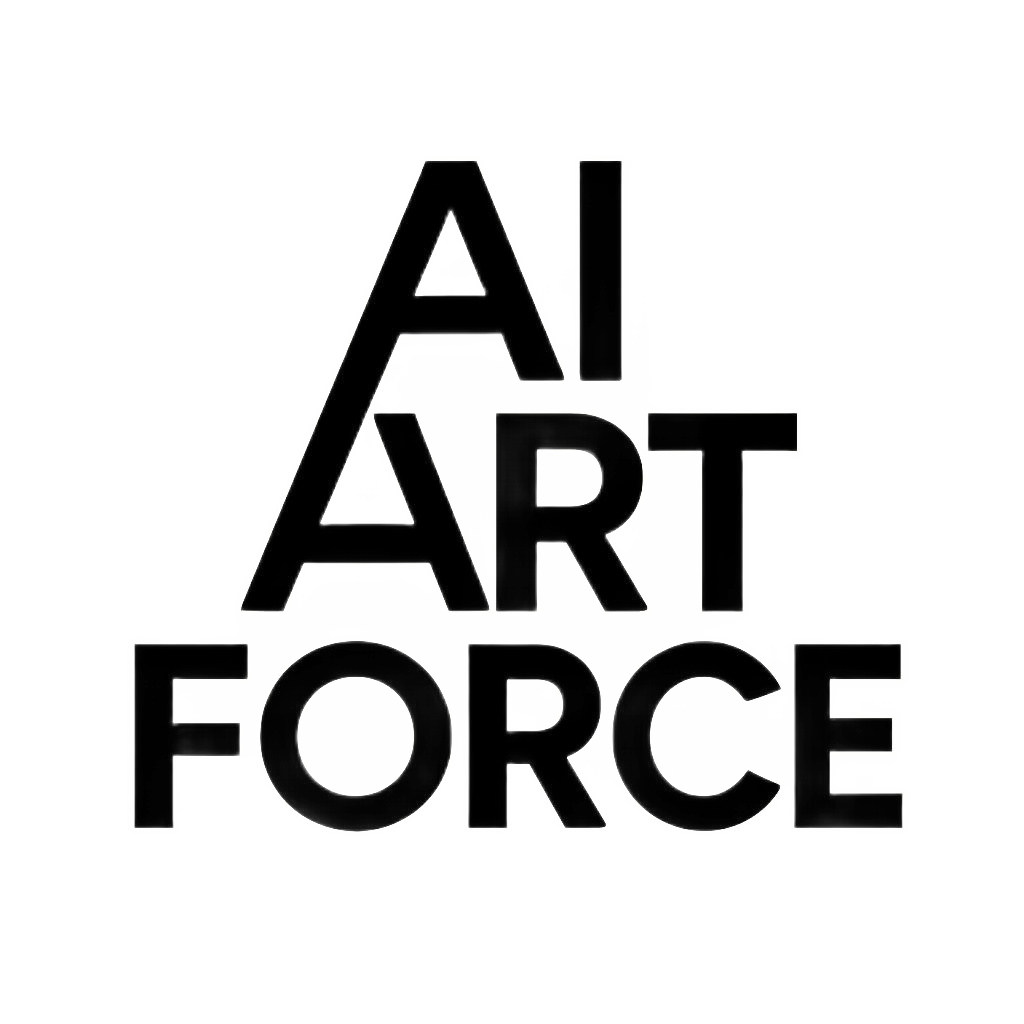
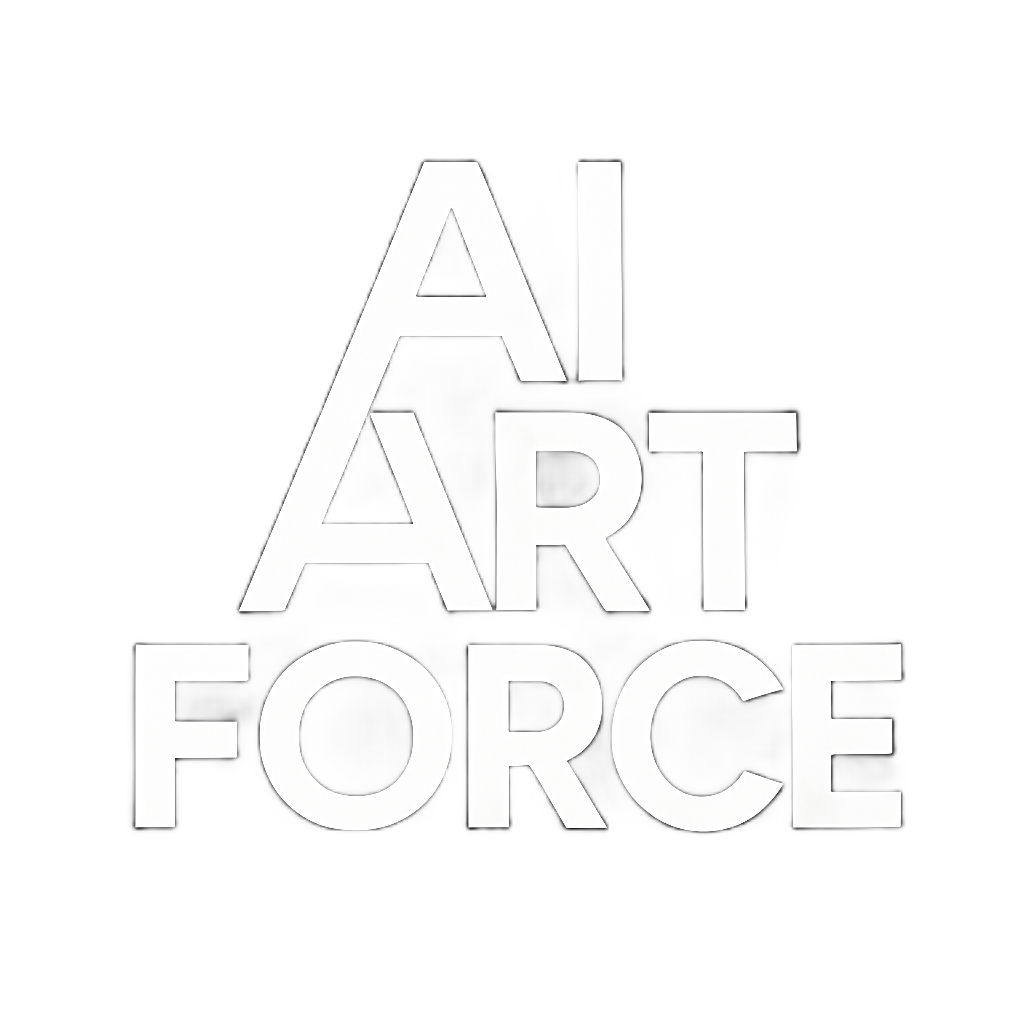



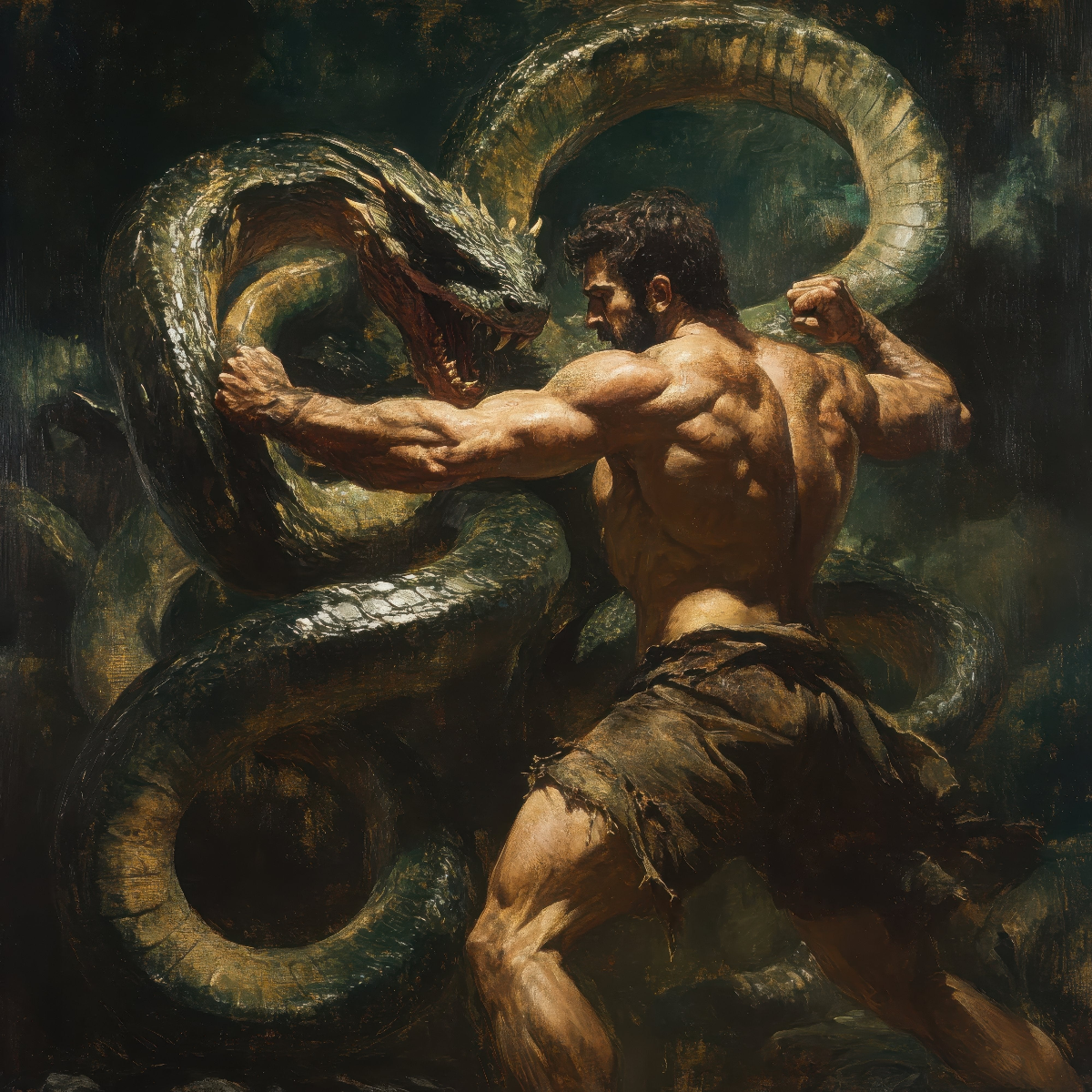





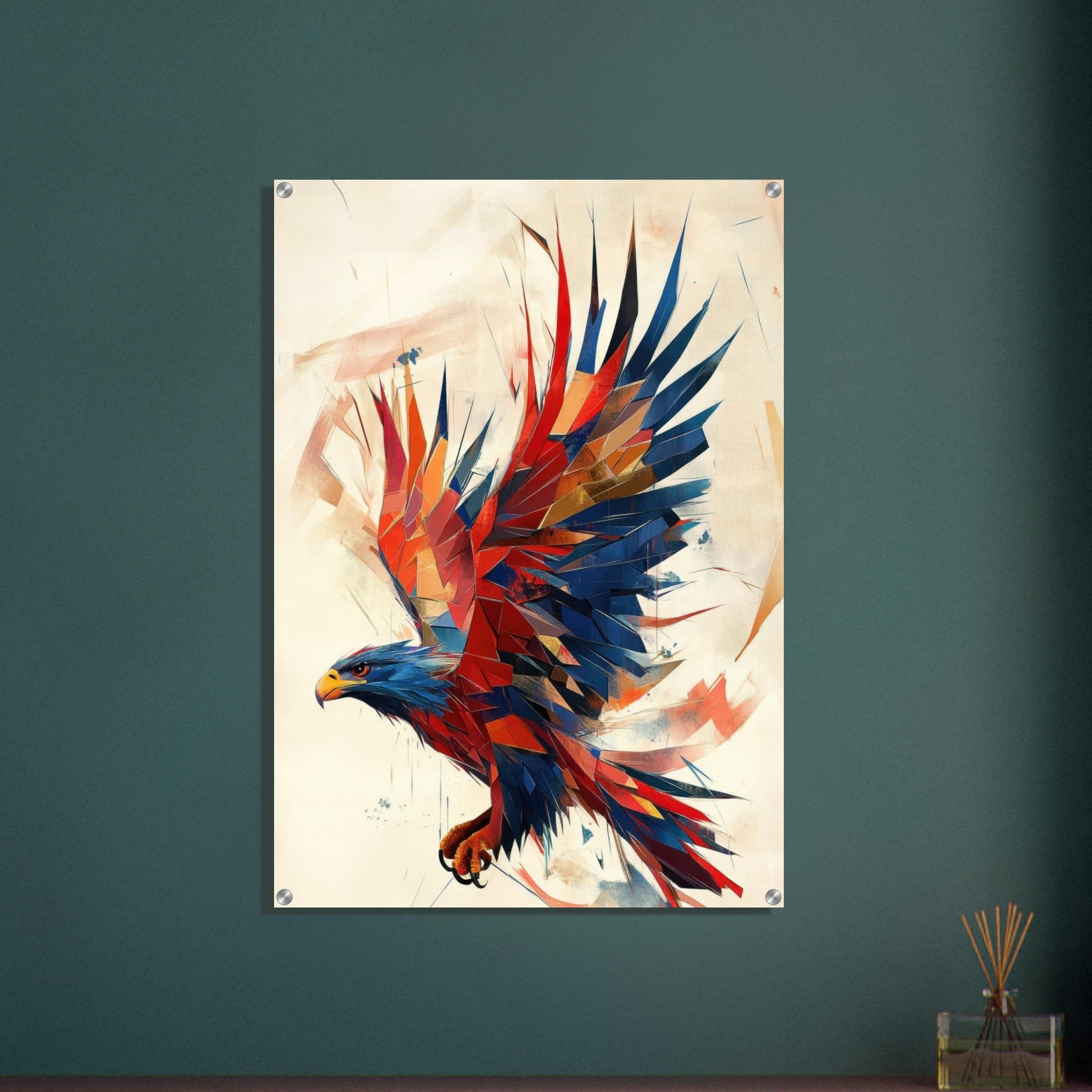
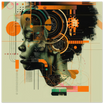



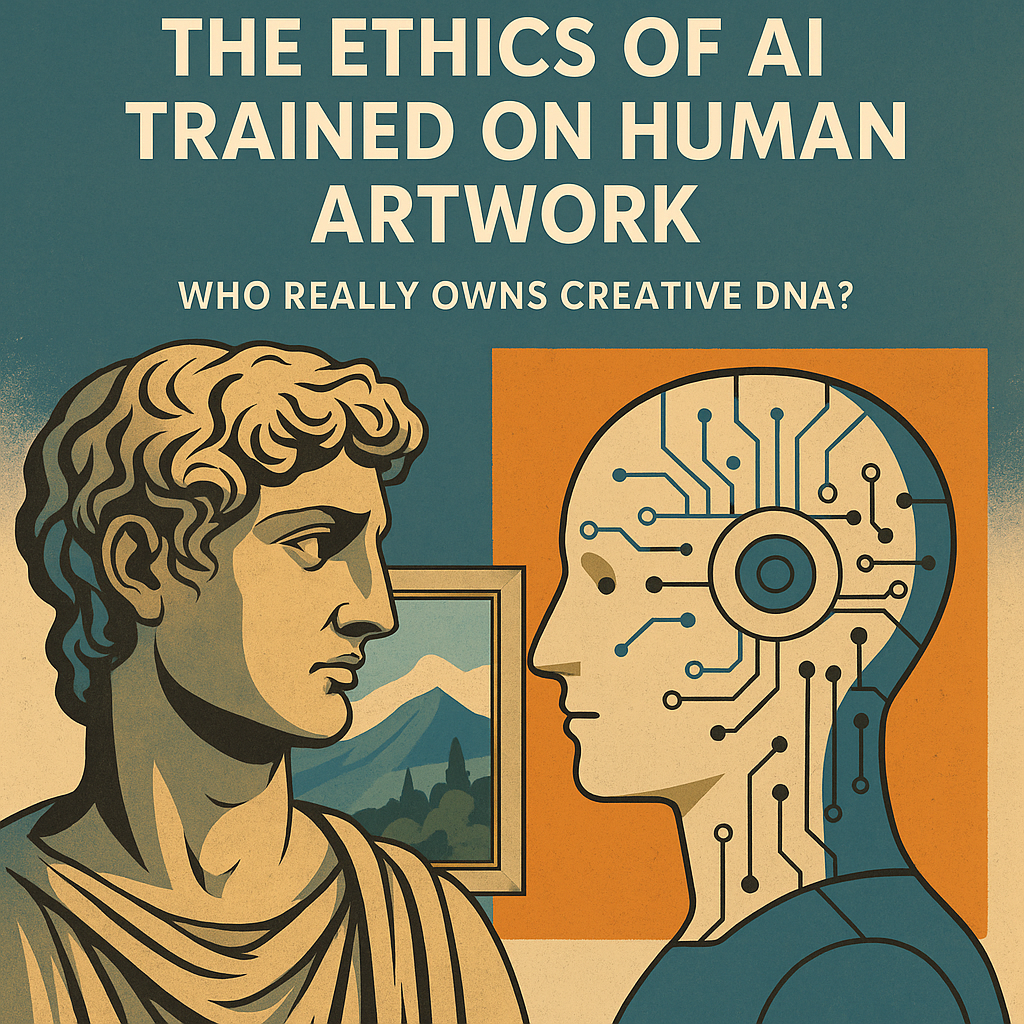
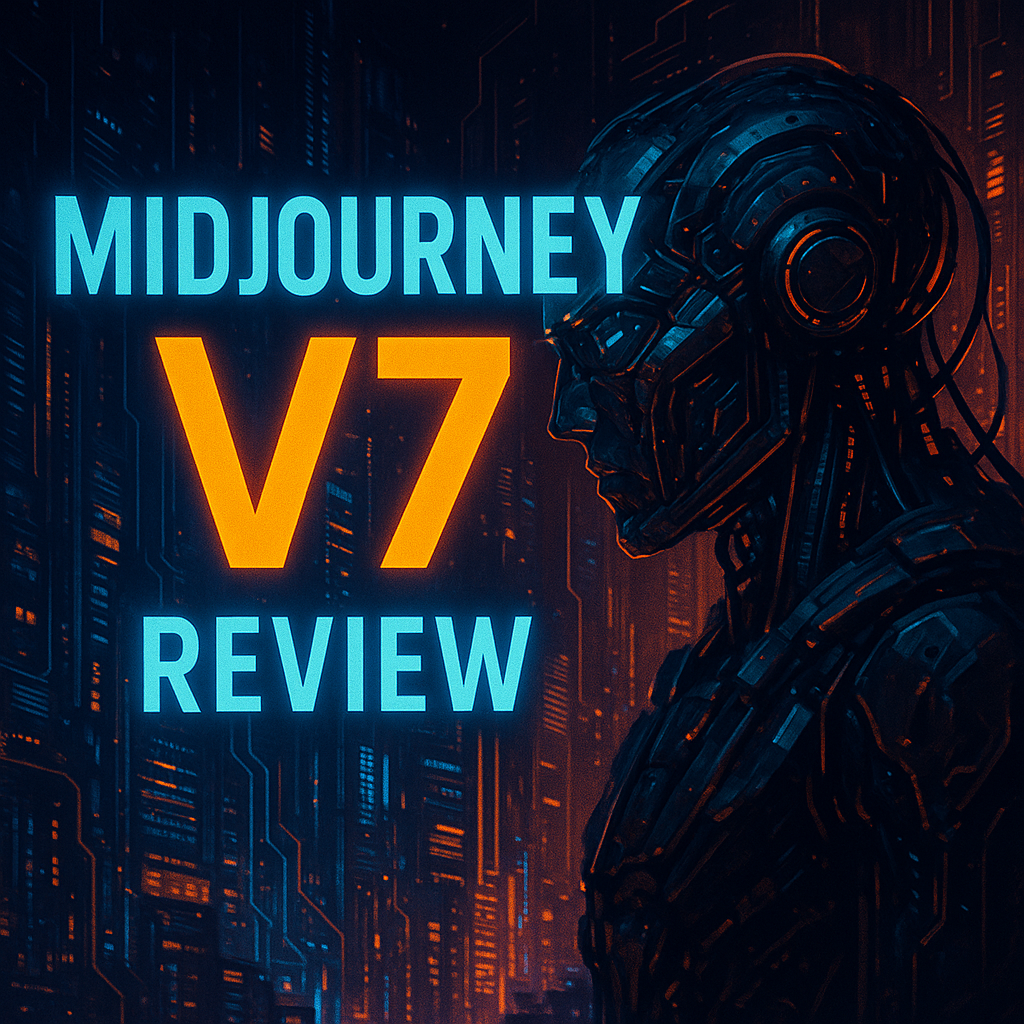
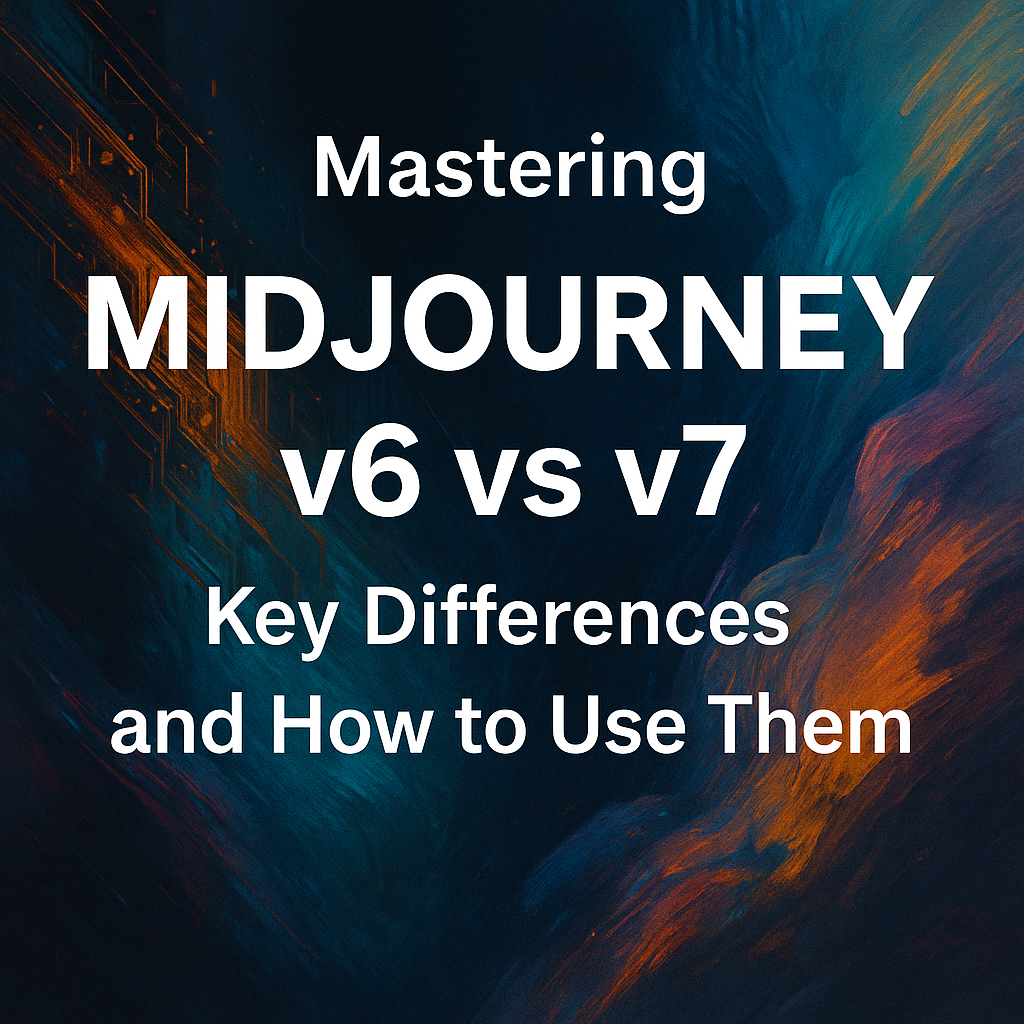



Leave a comment
This site is protected by hCaptcha and the hCaptcha Privacy Policy and Terms of Service apply.